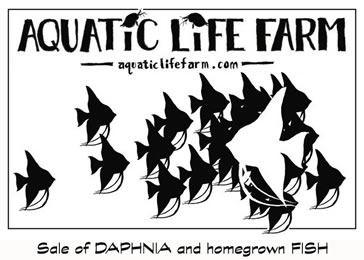Andrewtfw
Global Moderators
My neighbor has a 37 gallon planted set-up that I assembled for her a couple years back. The other day the co2 regulator was not "regulating" well, so I turned it way down and told her to order another one. Yesterday she came home to find her rasboras and kribensis gasping at the surface and her plecos, loaches and cories on their backs on the bottom. All were breathing hard, but they were breathing.
Even though I turned the regulator down to what was less than one bubble per second, it somehow increased the flow of co2 the following day. The tank went from a ph of 7.2 and Kh of 5 to a ph of 5 and a kh of zero. I brought over a very large air pump and hooked it to the tank. I added small amounts of alkaline buffer but all it did was raise the kh. So I removed three gallons of water (I would have done more, but this was at 12am), and replaced it with slightly cooler, tap water that was treated with Prime. I was able to get the ph up to 6.5 with a Kh of 4. I wanted to keep the Ph under 7 in case the crash killed bacteria and causes an ammonia spike.
Soon after, the loaches (who we were convinced were going to die), flipped over and swam under the wood. The rasbora dropped to the mid levels of the tank and the kribensis returned to the lower area of the tank. The plecos began moving around, as did the cories. I could not be more pleased. I did warn my neighbor that the shock to to the fish may result in some die off in the next few days, but I am hopeful that this does not happen. Needless to say, the co2 is unplugged and disconnected from the tank until the new regulator arrives.
Sometimes timing is everything.
Even though I turned the regulator down to what was less than one bubble per second, it somehow increased the flow of co2 the following day. The tank went from a ph of 7.2 and Kh of 5 to a ph of 5 and a kh of zero. I brought over a very large air pump and hooked it to the tank. I added small amounts of alkaline buffer but all it did was raise the kh. So I removed three gallons of water (I would have done more, but this was at 12am), and replaced it with slightly cooler, tap water that was treated with Prime. I was able to get the ph up to 6.5 with a Kh of 4. I wanted to keep the Ph under 7 in case the crash killed bacteria and causes an ammonia spike.
Soon after, the loaches (who we were convinced were going to die), flipped over and swam under the wood. The rasbora dropped to the mid levels of the tank and the kribensis returned to the lower area of the tank. The plecos began moving around, as did the cories. I could not be more pleased. I did warn my neighbor that the shock to to the fish may result in some die off in the next few days, but I am hopeful that this does not happen. Needless to say, the co2 is unplugged and disconnected from the tank until the new regulator arrives.
Sometimes timing is everything.


